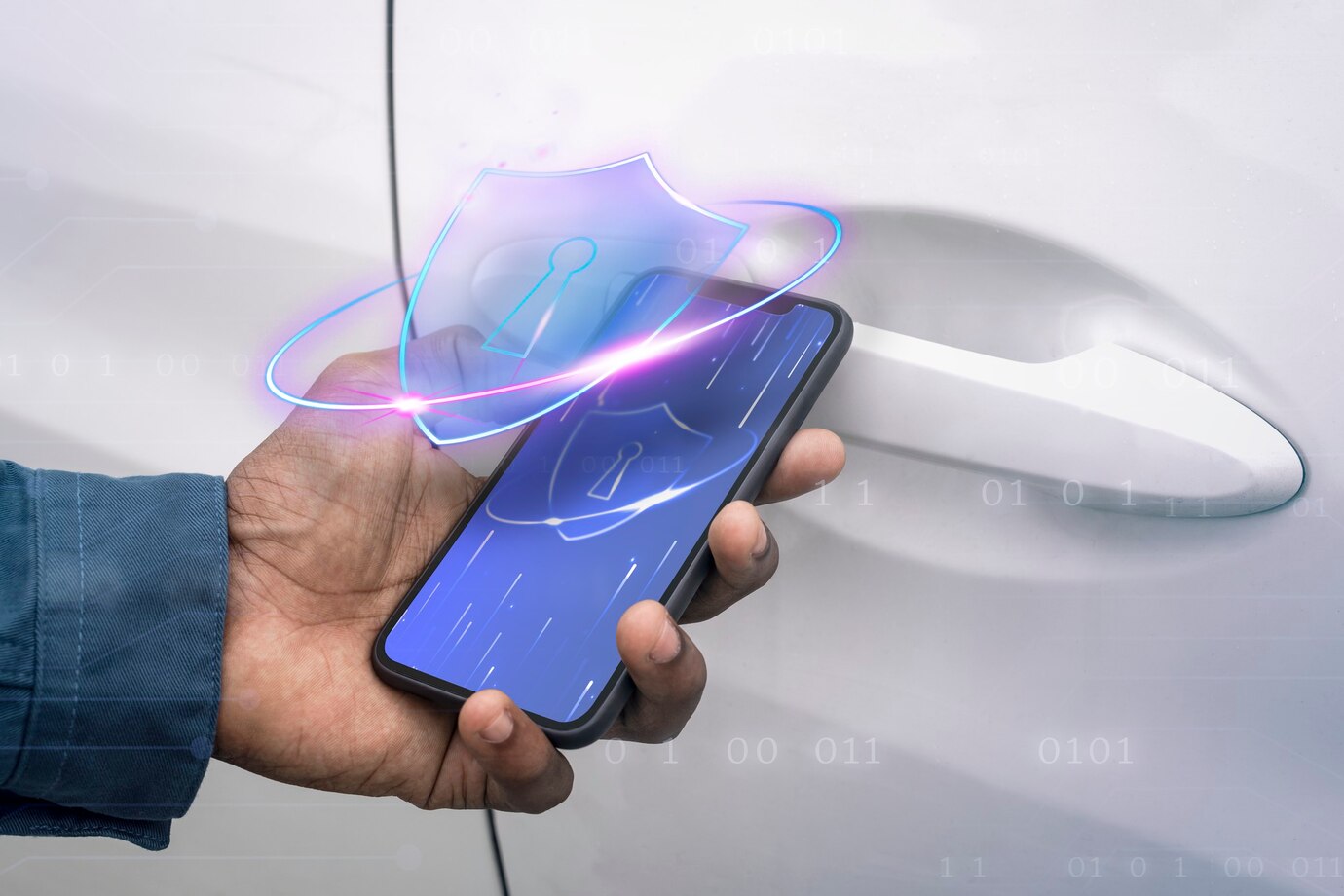How to Integrate Video Streaming into Your mobile app
In today’s digital era, video streaming has become an indispensable feature for many mobile applications. Whether you are building an entertainment platform, a social networking app, or a live broadcasting service, video streaming capabilities can significantly enhance user engagement and retention. For mobile app developers, integrating video streaming might seem like a daunting task, but with the right approach and tools, it can be accomplished seamlessly. This guide will take you through the essentials of integrating video streaming into your mobile app, ensuring a smooth experience for your users.
Understanding Video Streaming

Before diving into the integration process, mobile app developers need to understand what video streaming entails. Video streaming allows users to watch videos in real-time without downloading the entire file. This process involves encoding, transmitting, buffering, and decoding video data over the internet. The key is to ensure minimal latency, high video quality, and uninterrupted playback, even under varying network conditions.
Streaming is broadly categorized into two types: live streaming and on-demand streaming. Live streaming delivers video content in real-time, making it suitable for events, webinars, and gaming platforms. On-demand streaming, on the other hand, allows users to access pre-recorded content, such as movies or tutorials, whenever they wish. Mobile app developers must decide on the type of streaming based on their app's purpose and audience.
Choosing the Right Protocols and Formats

Protocols and formats play a crucial role in the video streaming ecosystem. The most common streaming protocols include RTMP (Real-Time Messaging Protocol), HLS (HTTP Live Streaming), and DASH (Dynamic Adaptive Streaming over HTTP). For most mobile applications, HLS is the preferred choice due to its compatibility with iOS and Android devices and its ability to adapt to different network conditions seamlessly.
Selecting the right video codecs is equally important. Codecs like H.264 and H.265 compress video files without compromising quality. Mobile app developers should also consider using adaptive bitrate streaming, which dynamically adjusts video quality based on the user's internet speed, ensuring a buffer-free experience.
Leveraging Video Streaming SDKs and APIs

To simplify the integration process, mobile app developers can leverage various video streaming SDKs and APIs available in the market. Tools like AWS Elemental Media Services, Wowza Streaming Engine, and Agora SDK provide robust frameworks for building video streaming functionality. These tools handle complex tasks such as encoding, transcoding, and content delivery, allowing developers to focus on creating a seamless user experience.
When choosing an SDK, consider factors such as scalability, ease of integration, and compatibility with your app’s architecture. Additionally, ensure the SDK supports essential features like adaptive streaming, live chat integration, and analytics.
Implementing Backend Infrastructure

A reliable backend infrastructure is critical for video streaming apps. The backend is responsible for managing user requests, storing video content, and delivering it efficiently to users. Cloud-based solutions like AWS, Google Cloud, and Microsoft Azure offer scalable and secure options for hosting your streaming backend.
For live streaming, mobile app developers need to set up media servers capable of handling real-time data transmission. Popular media servers include Nginx with the RTMP module and Wowza Streaming Engine. These servers facilitate the ingestion and distribution of video streams, ensuring low latency and high availability.
Enhancing User Experience

User experience (UX) should be at the forefront of any video streaming app. Mobile app developers can enhance UX by implementing intuitive UI designs, easy navigation, and customizable playback controls. Features like picture-in-picture mode, offline downloads, and multi-language subtitles can further elevate the user experience.
Buffering is a common pain point for users. To address this, developers can implement techniques like pre-buffering and caching. Optimizing the app’s performance by reducing the app’s memory footprint and leveraging Content Delivery Networks (CDNs) ensures smooth streaming even during high traffic.
Ensuring Security and Compliance

Security is a critical aspect of video streaming, especially for apps dealing with sensitive or premium content. Mobile app developers must implement measures to prevent unauthorized access, piracy, and data breaches. DRM (Digital Rights Management) technologies like Widevine and PlayReady can protect your video content from unauthorized downloads and sharing.
Additionally, secure your streaming app with HTTPS, encrypt video streams using AES (Advanced Encryption Standard), and implement token-based authentication for access control. Mobile app developers should also ensure compliance with regulations like GDPR, especially if the app targets a global audience.
Testing and Optimization

Thorough testing is essential to ensure your video streaming app performs well under various conditions. Mobile app developers should conduct tests for different network speeds, device types, and user scenarios. Automated testing tools like Appium and manual testing can help identify and fix bugs, ensuring a smooth user experience.
Optimization is an ongoing process. Use analytics tools to monitor user behavior, video performance, and network conditions. Metrics like playback start time, buffering ratio, and viewer engagement can provide insights for further improvements.
Staying Ahead with Future Trends

The video streaming landscape is constantly evolving. Mobile app developers should stay updated with emerging trends like 4K/8K video support, virtual reality (VR) streaming, and AI-powered recommendations. Integrating these advanced features can set your app apart in a competitive market.
Moreover, the rise of edge computing and 5G technology promises faster and more reliable streaming experiences. Mobile app developers who leverage these advancements can future-proof their applications and provide users with cutting-edge features.
Conclusion

Integrating video streaming into your mobile app is a multifaceted process that requires careful planning, the right tools, and a user-centric approach. By understanding the technical nuances, leveraging reliable SDKs, and focusing on delivering an exceptional user experience, mobile app developers can create successful video streaming applications. In a world where video content dominates digital interactions, adding streaming capabilities to your app can be a game-changer, driving engagement and ensuring long-term success.






